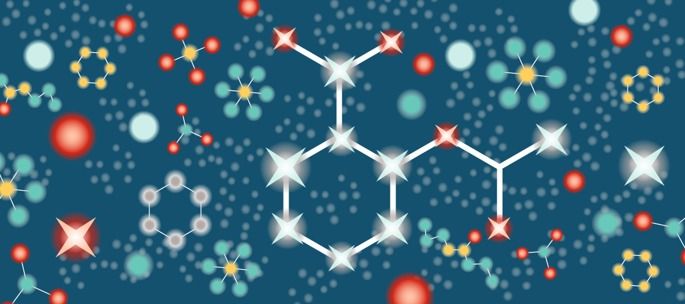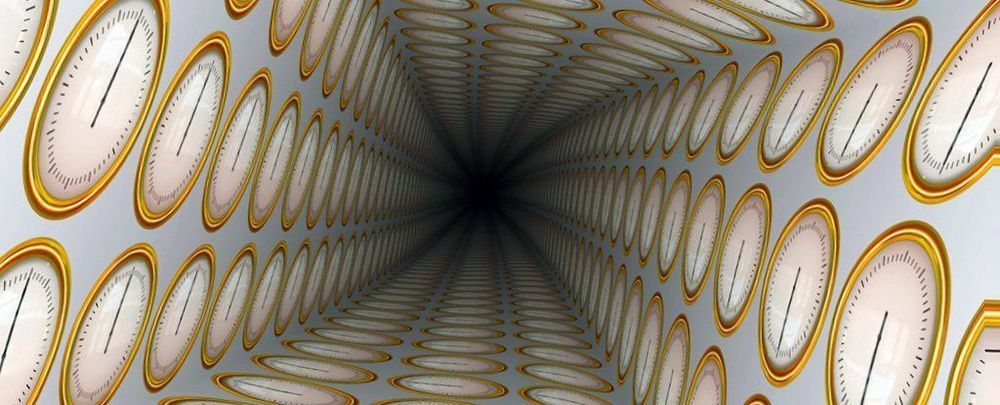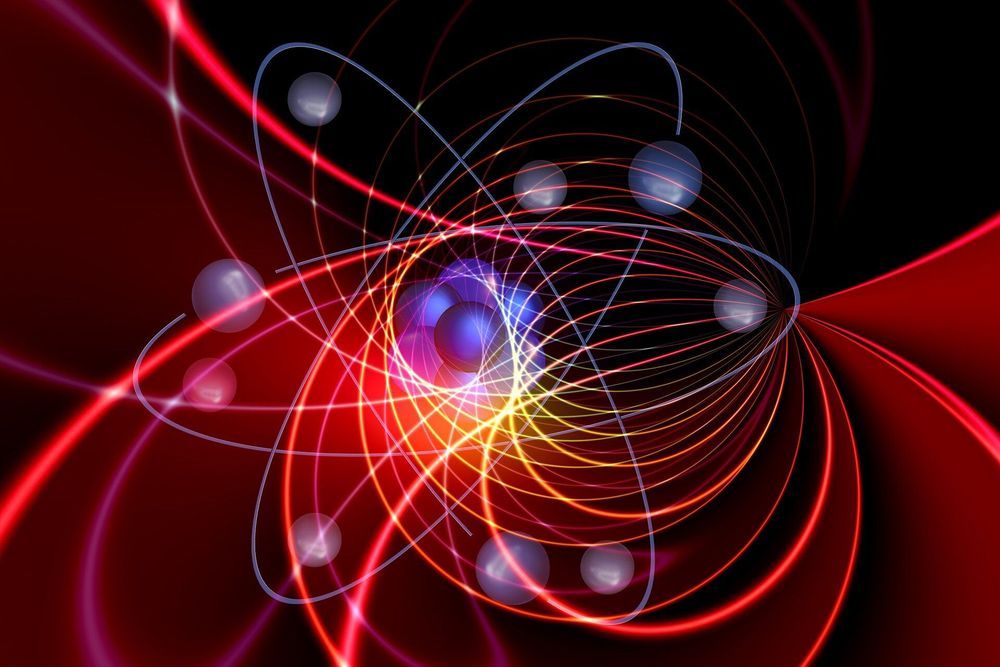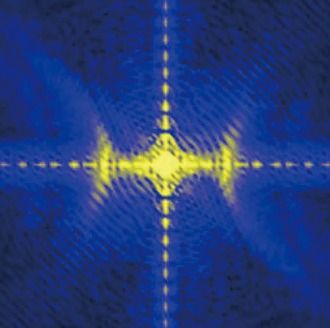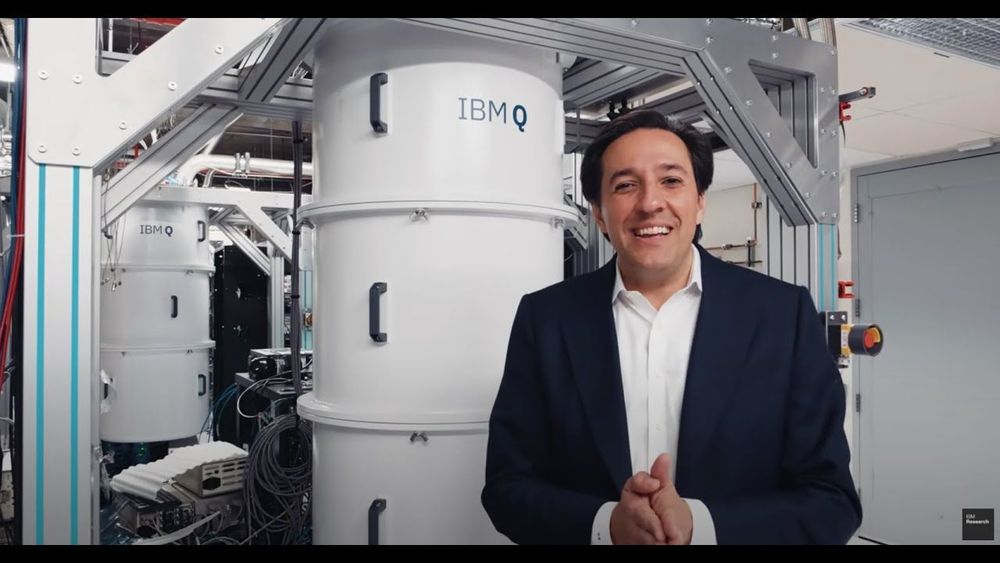Rational design of compounds with specific properties requires understanding and fast evaluation of molecular properties throughout chemical compound space — the huge set of all potentially stable molecules. Recent advances in combining quantum-mechanical calculations with machine learning provide powerful tools for exploring wide swathes of chemical compound space. We present our perspective on this exciting and quickly developing field by discussing key advances in the development and applications of quantum-mechanics-based machine-learning methods to diverse compounds and properties, and outlining the challenges ahead. We argue that significant progress in the exploration and understanding of chemical compound space can be made through a systematic combination of rigorous physical theories, comprehensive synthetic data sets of microscopic and macroscopic properties, and modern machine-learning methods that account for physical and chemical knowledge.
